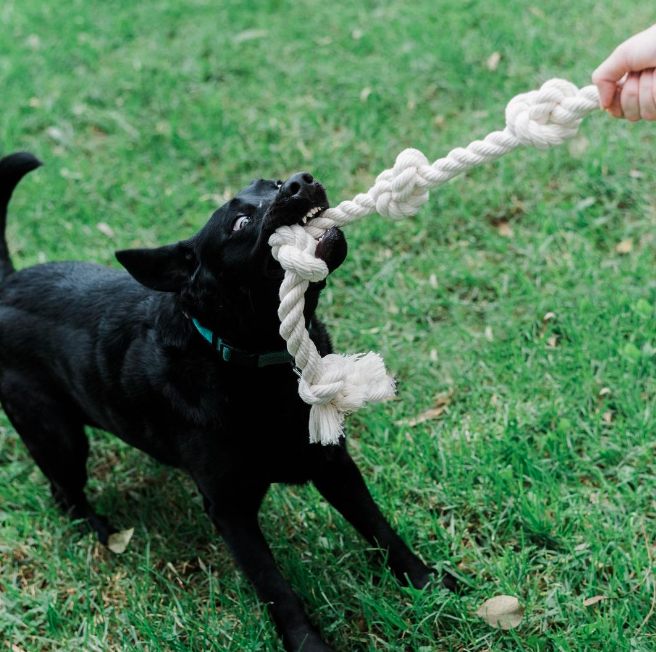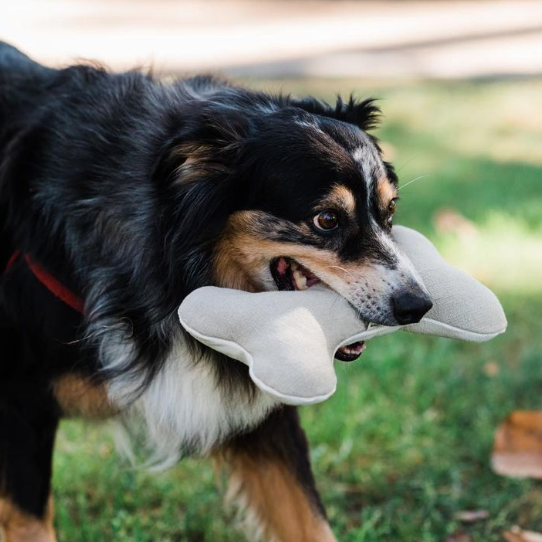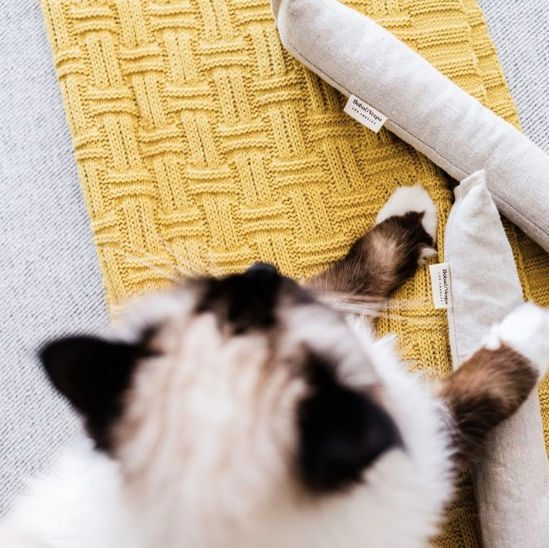Updated January 7, 2025
If you have a cat or dog, one thing you probably notice is that they shed…a lot! Fur on the floor…the bed…the couch…your clothes…it seems like pet fur has a tendency to get everywhere. But what can you do with it all? If you hate the idea of all that hair ending up in the landfill, then read on to discover 5 ways to compost dog hair and cat hair.
Can You Compost Dog Fur and Cat Hair?
First of all, let’s learn more about whether composting dog fur and cat hair is possible. Both cat hair and dog fur are natural sources of nitrogen– which plants love! The hair will compost but may take time to break down completely. If you compost your dog fur or cat hair, we recommend not treating the hair with harsh chemicals and to consider using eco-friendly grooming products. If your pet was treated for fleas, the medicines used may contain harsh chemicals that could harm the compost pile. Ask your groomer to use a natural shampoo, preferably a shampoo bar without any packaging.
Additionally, some of the ingredients found within commonly used medicinal flea and tick treatments for our pets can be quite detrimental to other animal and plant species in the environment. These substances can remain on the fur that you may be composting. Consider using all natural flea and tick products for your pet as an alternative. They can be a much safer option for both your pet and your local ecosystem.
What is Composting?
Composting is the natural process of recycling organic matter. When it breaks down, it turns into fertilizer that can enrich the soil and plants. Anything organic decomposes over time but composting helps speed up the process. Leaves and food scraps are often used for composting but the good news is that your pet’s fur can be used too. That’s because your pet's fur is an excellent source of nutrients.
Benefits of Composting
Composting has many benefits for our earth and environment. First of all, it helps reduce waste in landfills and improves soil health. It also helps prevent soil erosion and helps conserve water. Finally, composting is a great way to repurpose personal food waste and pet waste instead of throwing them in the trash. We love all these eco-friendly uses for dog fur and cat fur!
How to Compost Dog Hair and Cat Hair
To compost your pet’s fur, start by collecting it using home grooming. You can use hair from bedding, clipping, combing, or shedding. Be careful to avoid using hair from vacuums as the hair will be mixed with other non compostable items. Also stay away from synthetic carpets as these may contain synthetic fibers which will not break down in the compost pile and may contaminate the compost. You can mix the dog or cat hair with other greens or moist ingredients like kitchen scraps, as well as brown or dry ingredients like dead leaves. This allows the chemicals to come together to decompose. The fur adds nitrogen to the compost while the brown ingredients add carbon.
Here are 5 ways to compost dog fur or cat fur:
-
Add directly to the compost bin for municipal pickup: when adding hair to the compost bin, you don’t want to overload the bin with hair. Rather, add in small amounts only as this helps the hair break down more easily. We recommend sprinkling them as a thin layer so that they are less likely to form lumps. You can throw your own hair in there too!
-
Hot composting - this is the traditional method of having a pile of green or brown matter in a container in your backyard in a way that optimizes microbial activity. It is also called open air composting. A hot compost pile should be around four feet wide and four feet high. If it’s too small, the pile won’t heat up sufficiently. Place the compost in full sun as shade will slow down the process. Be sure to turn the compost regularly in order to create heat. The process is fast, taking between 3-4 weeks. It works best in temperate climates where there are no extreme cold temperatures.
-
Cold composting - this is like hot composting except smaller quantities of waste are used so it does not build up the same amount of heat. To cold compost, keep adding material to the pile without turning it. You can start cold composting by adding small gradual additions of organic waste to your compost bin. This composting process takes 6 months to 1 year.
-
Tumbler composting - tumbler containers are available in all shapes and sizes and tumbler composting is a great system if you have a large amount of green and brown waste to dispose of. You will need to be relatively strong to turn it every few days and you will need enough space for this bulky system. Tumblers are popular as the compost is well contained and generally there is less odor.
- Direct burying - the oldest and most effective form of composting involves digging a hole and buying your pet fur along with any scraps. Make sure you only fill the hole with worm friendly waste and the hole needs to be a certain depth to avoid other animals digging it up. Worm friendly waste can include vegetable peelings, non-acidic fruit, tea leaves, coffee grounds, crushed egg shells – basically anything in its natural state, like dog hair!
Please note that your dog (or cat) may be attracted to the compost odor; be sure they cannot access your compost. Ingestion of composting substances could be quite harmful to your furry friend!
Have you tried composting pet hair? If yes, great, which method works best for you? If not, what’s holding you back? Give it a try!







